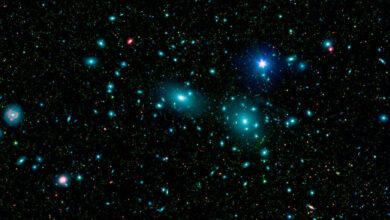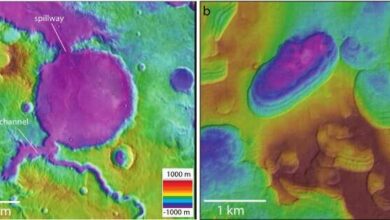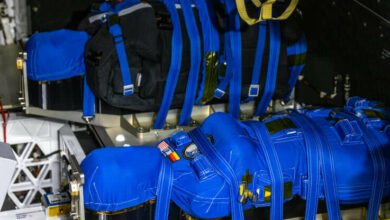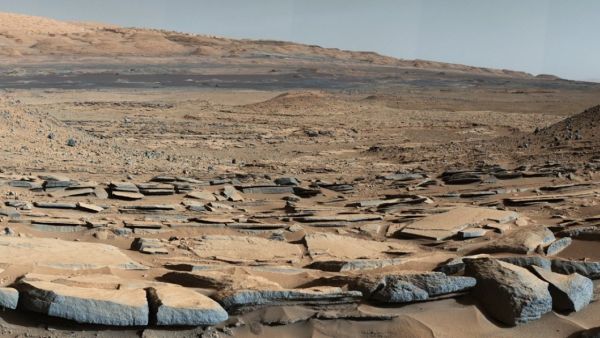
Wind rules the geology of Mars
(ORDO NEWS) — Based on research from NASA’s Curiosity rover and reviewed by an astronaut during her stay on the International Space Station (ISS), in what may be the first time in the peer-reviewed scientific literature, a new paper describes how vastly different the geology of Mars is from Earth’s.
This paper is part of an ongoing effort to understand the rock cycle on the Red Planet, i.e. how rock layers form, change, and break down, which could provide geologists with something like the Rosetta Stone that would allow observations and samples to be deciphered and interpreted. received by current and future Mars missions.
The key finding of this article is that the seemingly weak force of wind erosion is driving a process that exposes stratified rock layers on Mars.
This is in stark contrast to Earth, where rock layers are exposed through a dynamic combination of tectonic activity that lifts chunks of land up and water erosion by rivers that cut down into those rocks.
“The work of erosion on Mars is mainly caused by the wind, which acts like a feather duster for hundreds of millions and even billions of years.
This is very different from Earth, where the extremely rugged San Gabriel Mountains are created by rainwater streams slicing through the landscape in relatively short periods of geologic time,” says John P. Grotzinger, Harold Brown Professor of Geology and Chair of the Ted and Ginger Jenkins Department of Geological and Planetary Science.
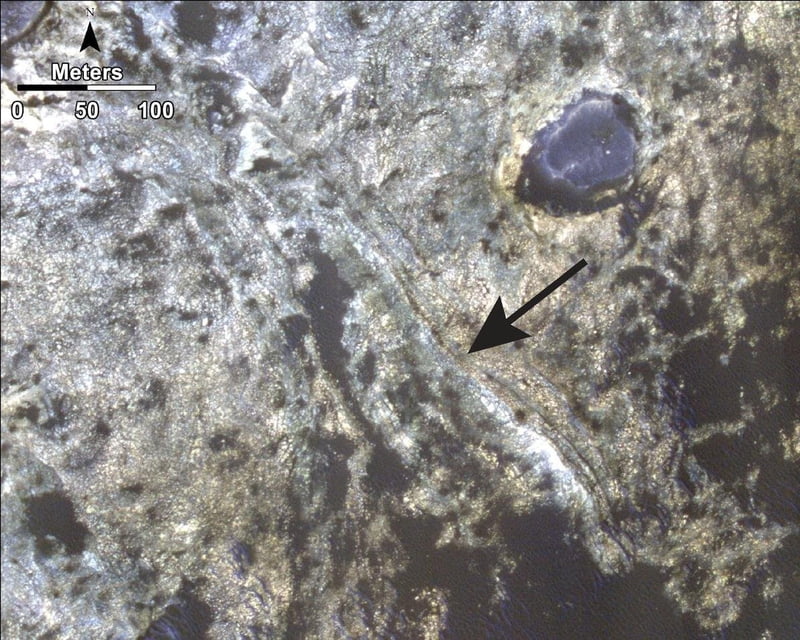
Mountain cycle on Earth vs Mars
To imagine the difference between landforms on Earth and Mars, think of the Himalayas in Asia, where Mount Everest is located. Mountains are being pushed up by tectonic forces that are pushing the Indian subcontinent into Asia, but the Indus River is steadily cutting through the rising land mass.
The result of both processes is the exposure of rock layers that geologists use to learn more about the evolution and history of the planet.
Although the Mars InSight lander has observed small quakes, Mars lacks the tectonic plates that cause most of the shaking on Earth. Instead, the Red Planet is almost entirely shaped by aeolian or wind erosion.
The volume of the atmosphere of Mars is only 1 percent of the volume of the Earth, so wind erosion cannot be expected to be of such great importance for the planet. In recent decades, geologists have argued that the impact of the modern wind that causes the erosion of Mars is very limited.
Yet it now appears that wind erosion plays a key role in the rock cycle on Mars, especially in earlier history, up to 3 billion years ago, when the rocks in Gale Crater were formed and then eroded.
Gale Crater is a dry lake with a diameter of 154 kilometers directly below the equator of Mars.
As Curiosity rolled over it, the rover traced the Murray Formation, a 300-meter-thick layer of layered mudstone named after the late Bruce Murray, former head of the Jet Propulsion Laboratory (JPL). Mudstones are rocks formed from fine-grained silt that has been compressed over time.
Studying the Curiosity observations, Watkins, Grotzinger and their colleagues noted that the Murray Formation, which was formed from sediment deposited by water, was eroded from top to bottom.
In addition, the deposits deposited at the top are cross-bedded, which indicates that the ancient sand dunes were moved across the desert by the action of the wind. In general, the landscape looks like a humid environment that the Gobi Desert has taken over.
“Gaile Crater is an impressive place where you can document multiple cycles of erosion,” says Grotzinger. “All this helps to understand how Mars works in general, and will also inform scientists interpreting the Perseverance rover observations.”
The paper is titled “Burial and Exhumation of Sedimentary Rocks Revealed by the Erosional Unconformity of Stimson Base, Gale Crater, Mars.”
—
Online:
Contact us: [email protected]
Our Standards, Terms of Use: Standard Terms And Conditions.


